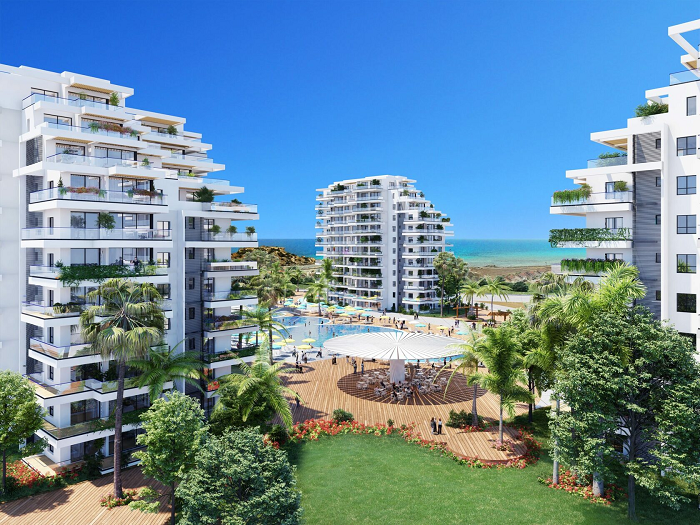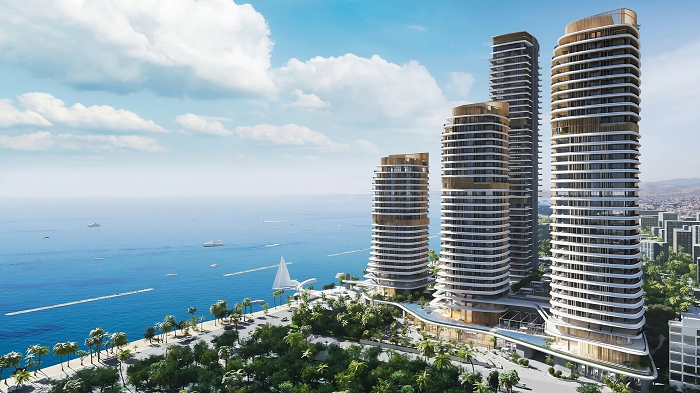The range of comfortable values of DT at a speed of air movement of not more than 0.2 m/s, shown in rice. 10.4, theoretically must satisfy at least 80% of people in the room.
The share of 80% is adopted on the basis that 10% of people will experience discomfort due to a possible deviation of microclimatic conditions from the average values inside the room itself and 10% – in any place of the room based on their physiological characteristics. It should be noted the fundamental similarity in this matter of ANSI/ASHARE 55-2004 and ISO 7730 standards, which was mentioned above.
Under overheating conditions, the excess of the DT of the border of the comfortable zone can be partially compensated by an increase in air movement and, accordingly, heat losses of the body. This method of reduction of DT is effective in clothing of not more than 0.7 clocks and low physical activity of a person. Additionally, the differences in the sensitivity of the human body to the temperature of the air and the radiation temperature should once again be noted. If the average radiation temperature is low and the air temperature is high, an increase in air speed has a slight effect on the heat loss of the body. Accordingly, an increase in air speed as a factor in a decrease in DT is more efficient at high radiation temperature and low air temperature. However, it should be borne in mind that at a speed of air speed of more than 0.5 m/s, many people begin to experience physiological discomfort, complain about the draft and t. D.
A similar parameter was introduced by the domestic GOST “Buildings Residential and Public. The parameters of the microclimate in the premises ”, however, unlike the American standard, where this parameter is called the“ current temperature ”, in the domestic guest it was called the“ resulting temperature ”.
For maximum comfort in the apartment, we try to make repairs to our taste. Today you can order apartments in Ulyanovsk from experienced specialists at competitive prices.








Leave a Reply